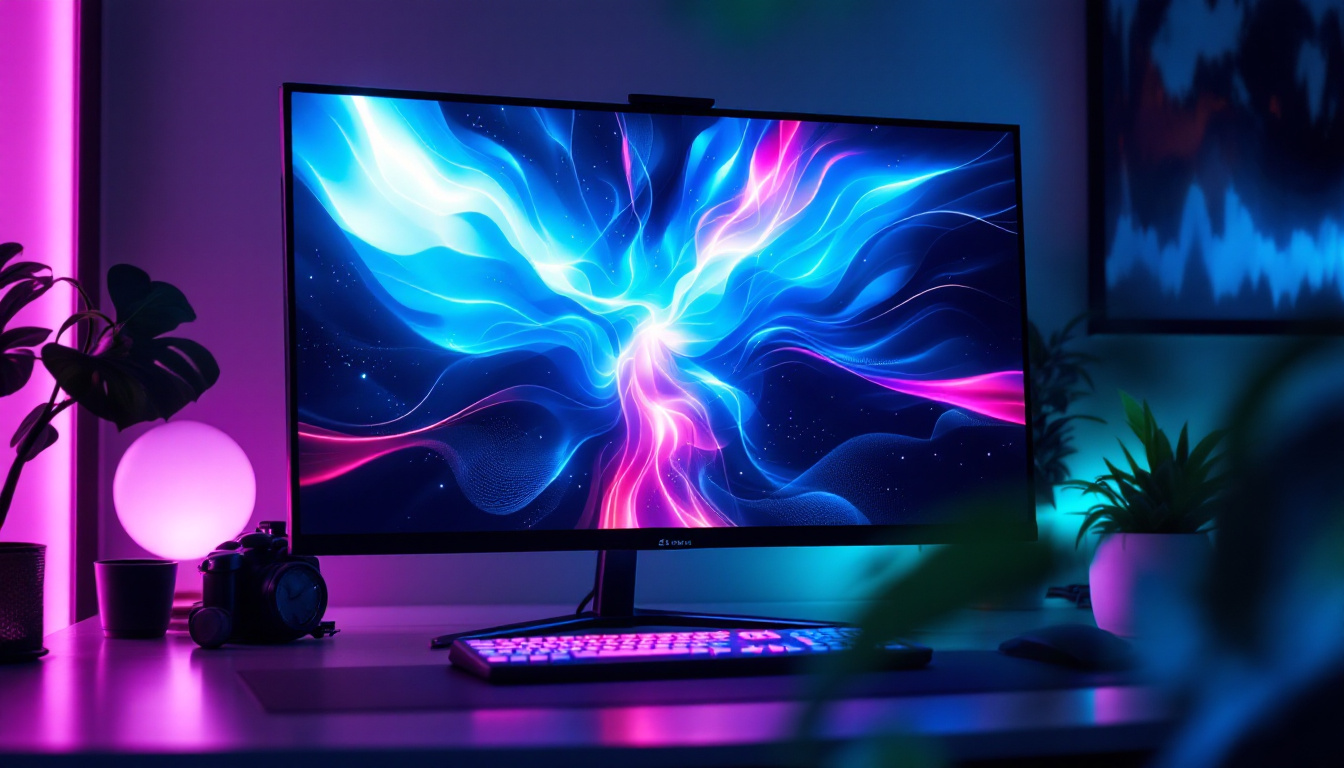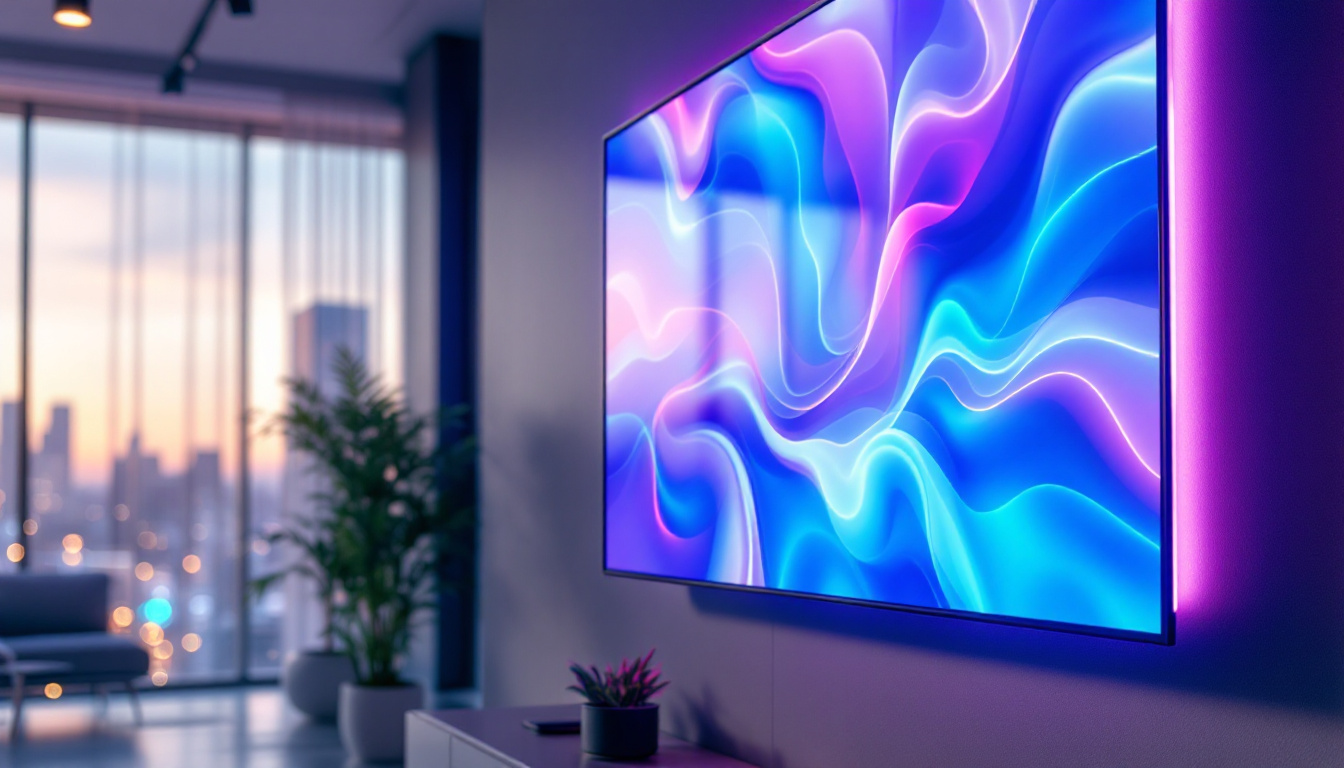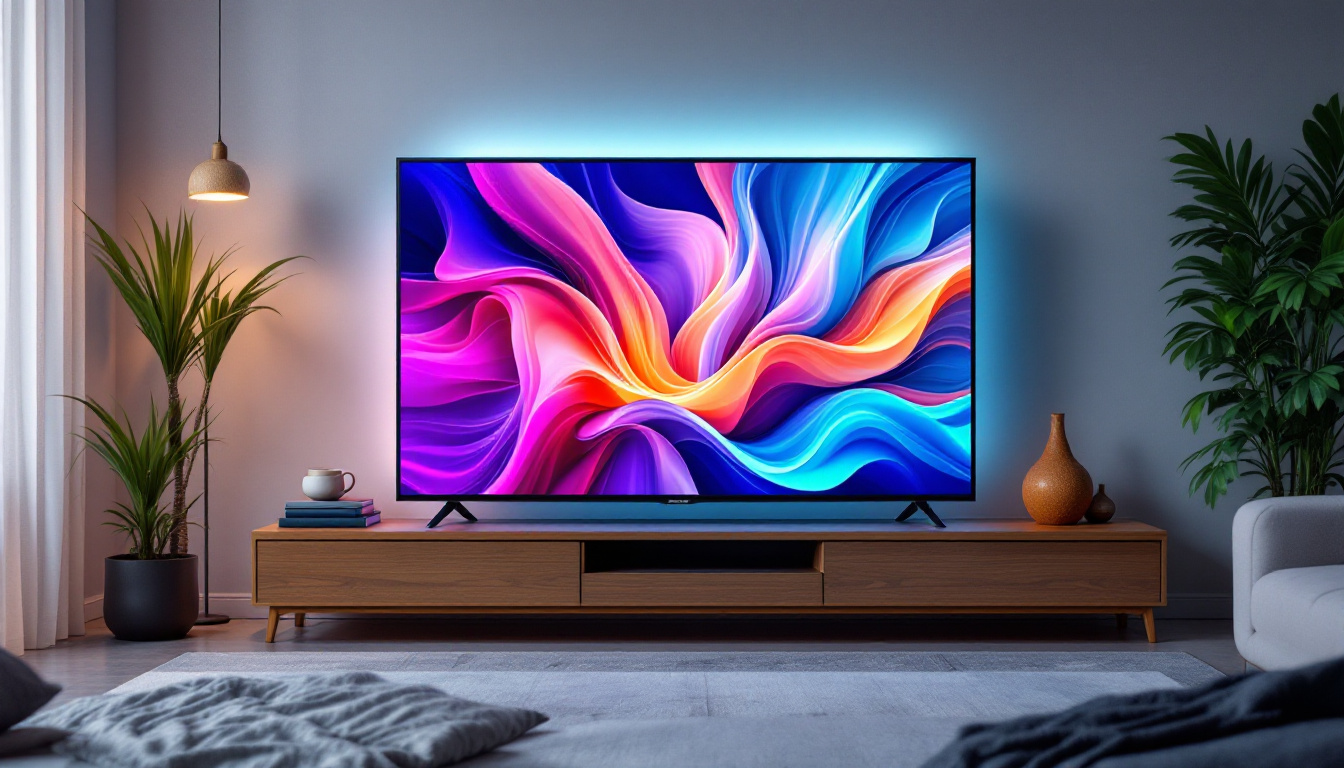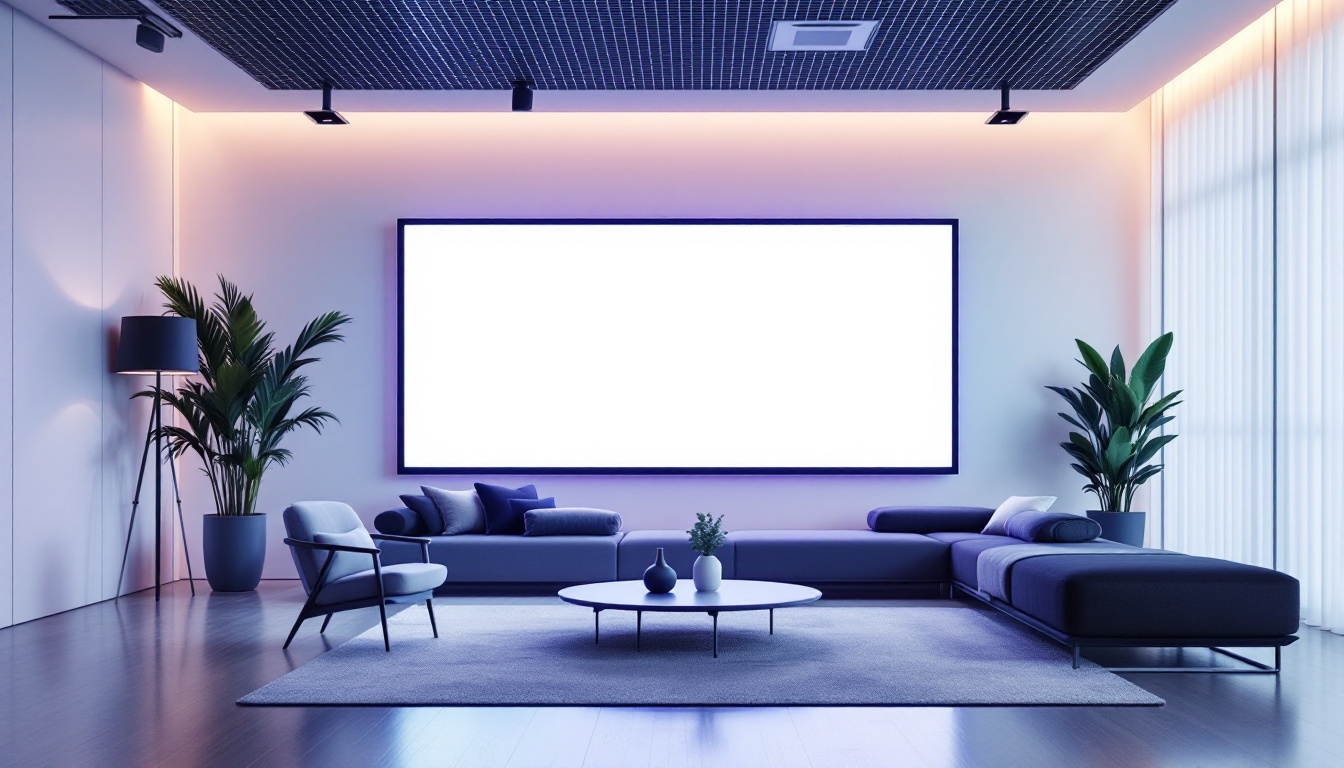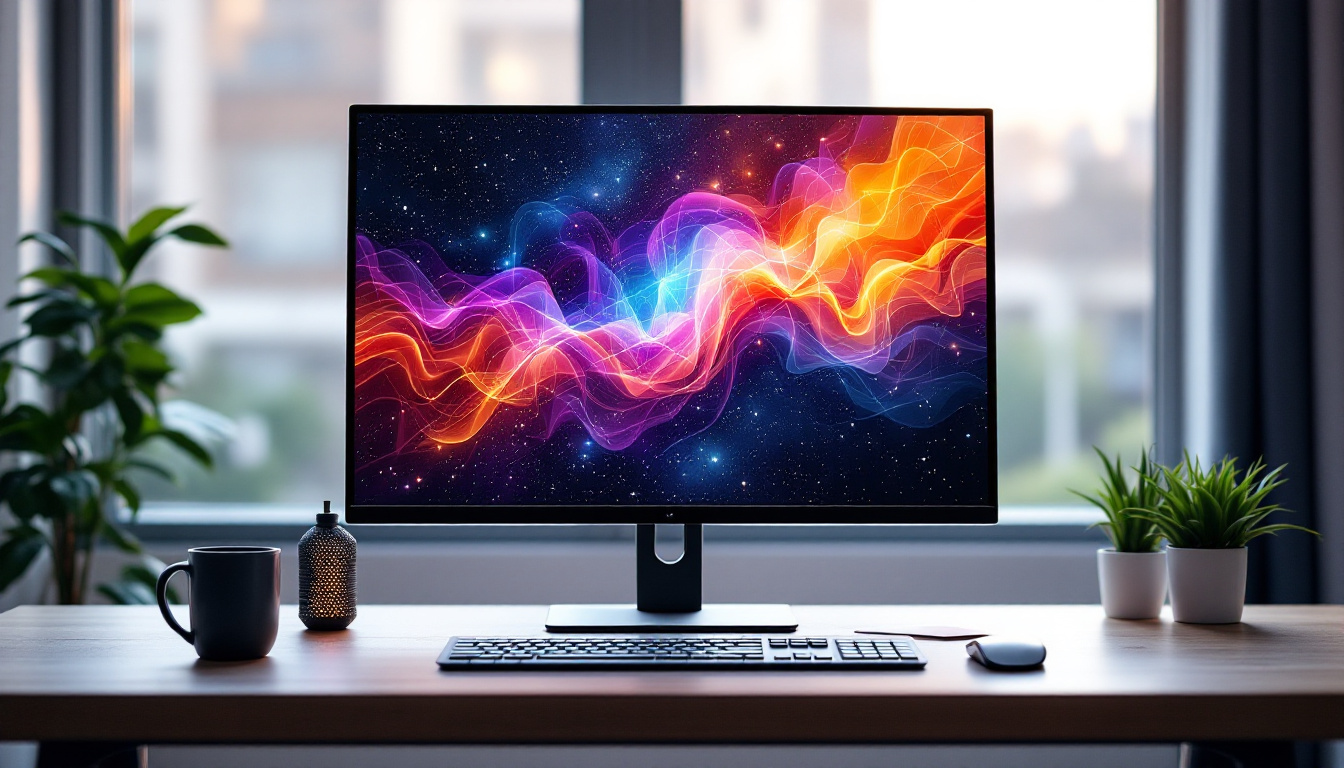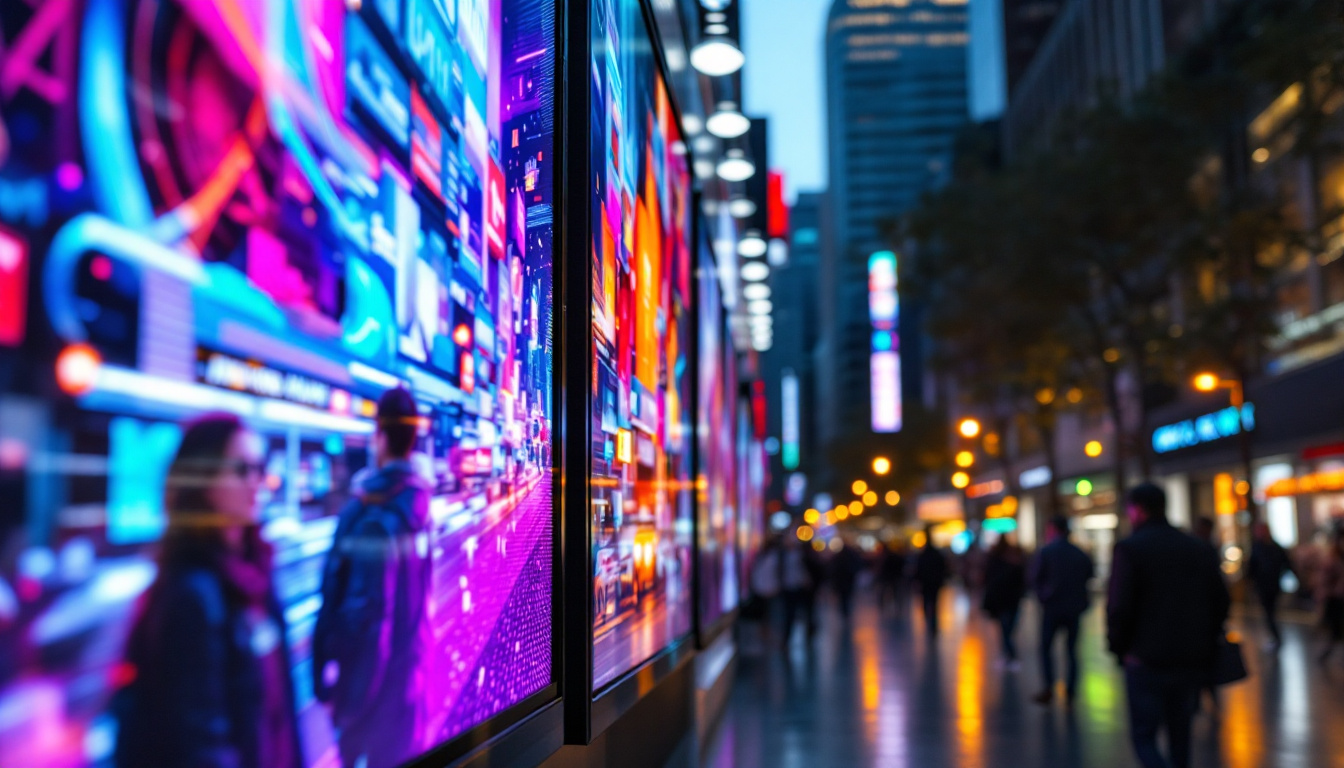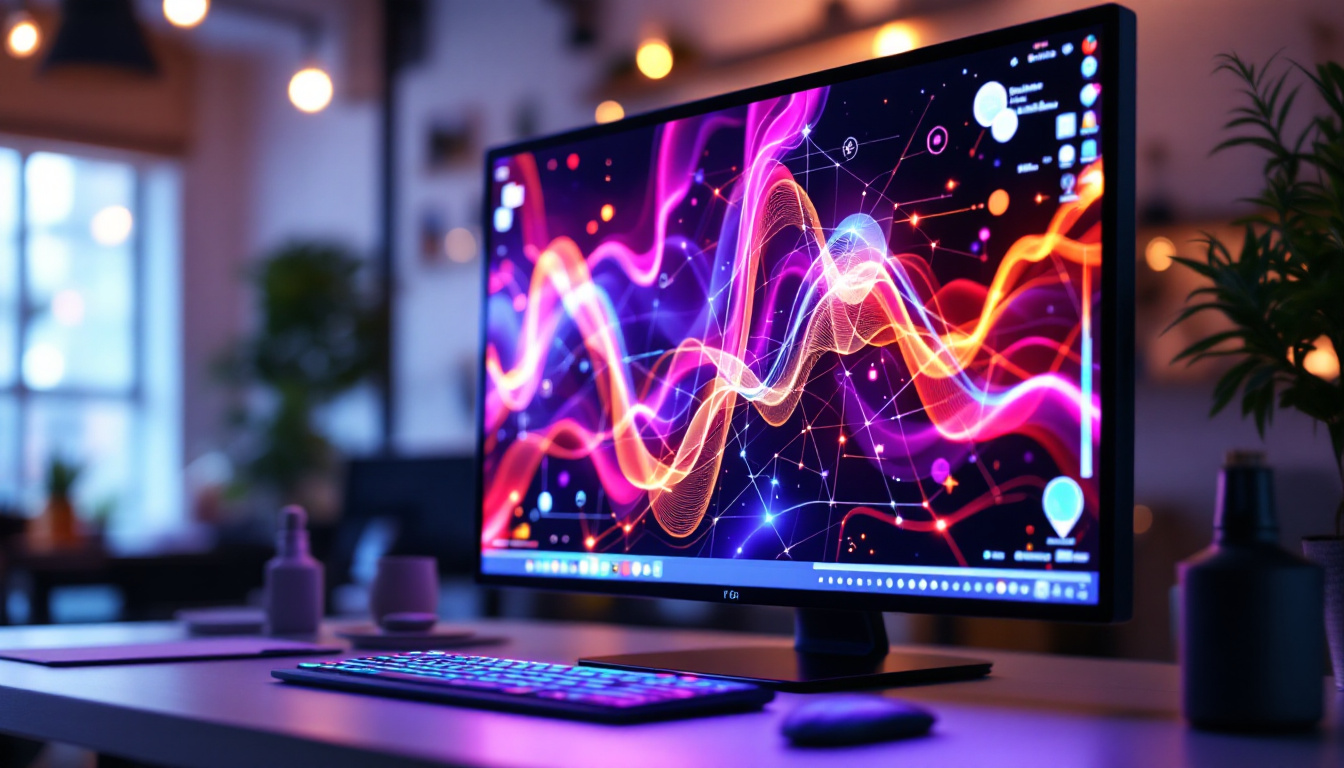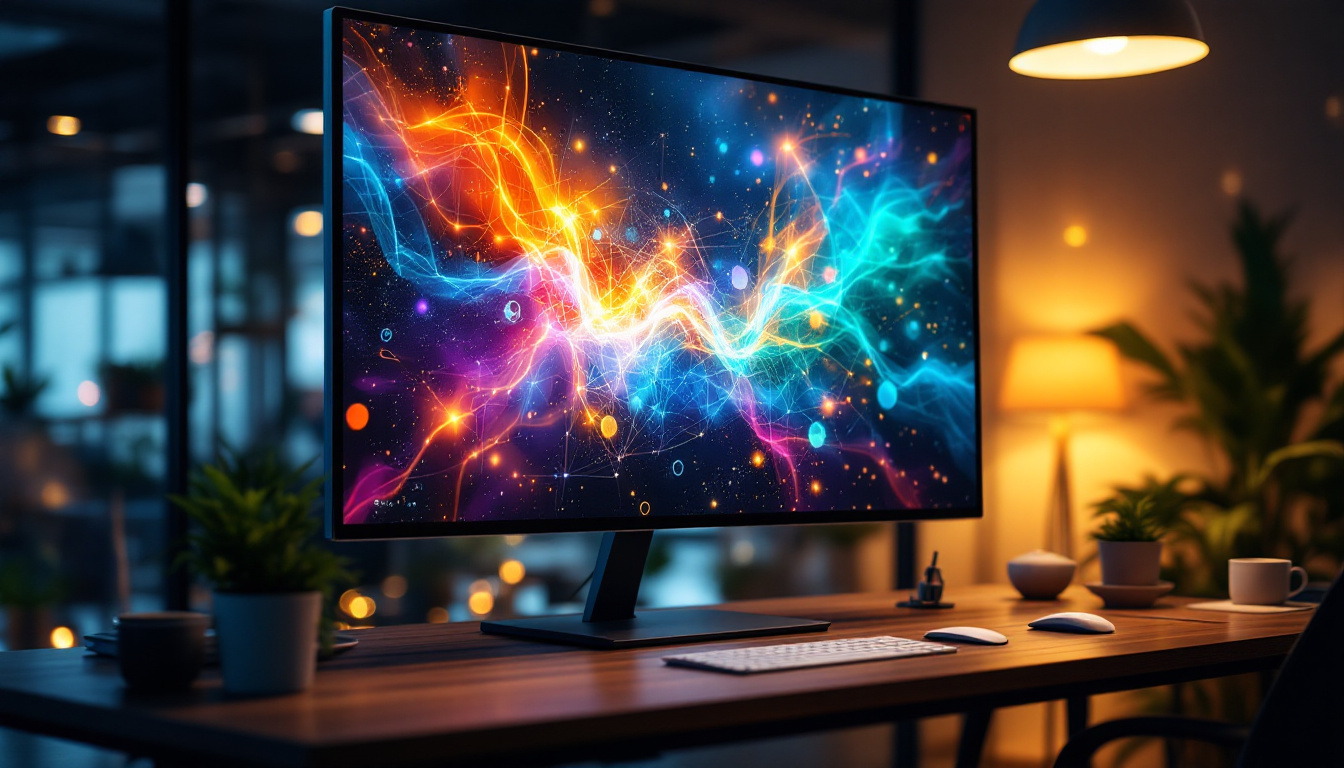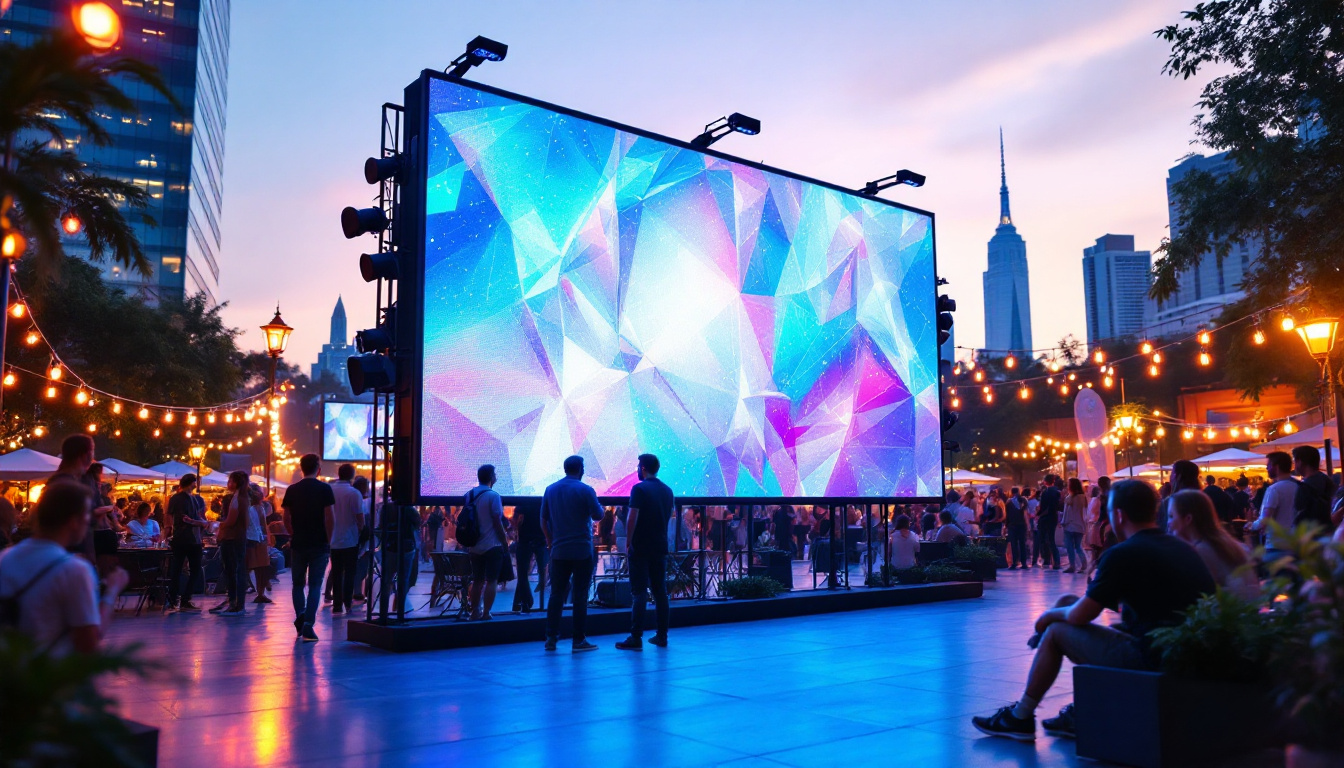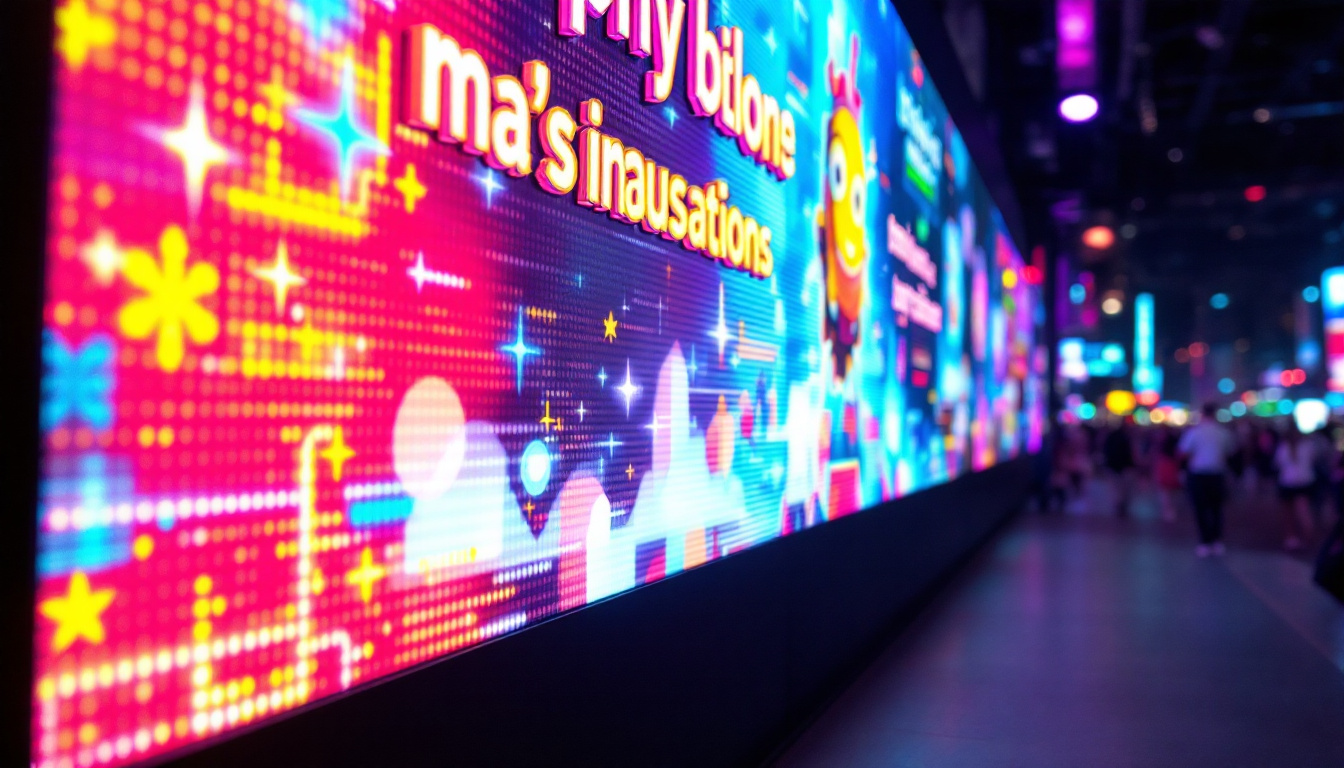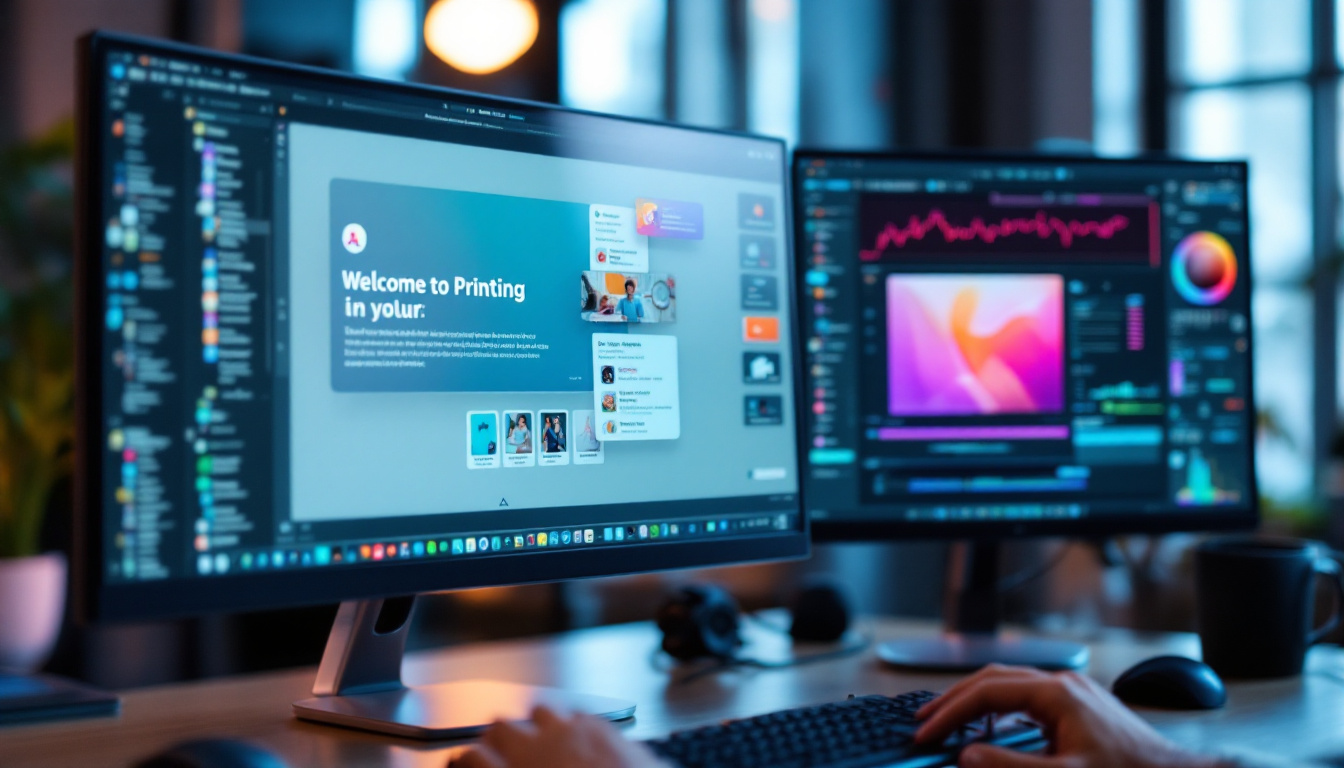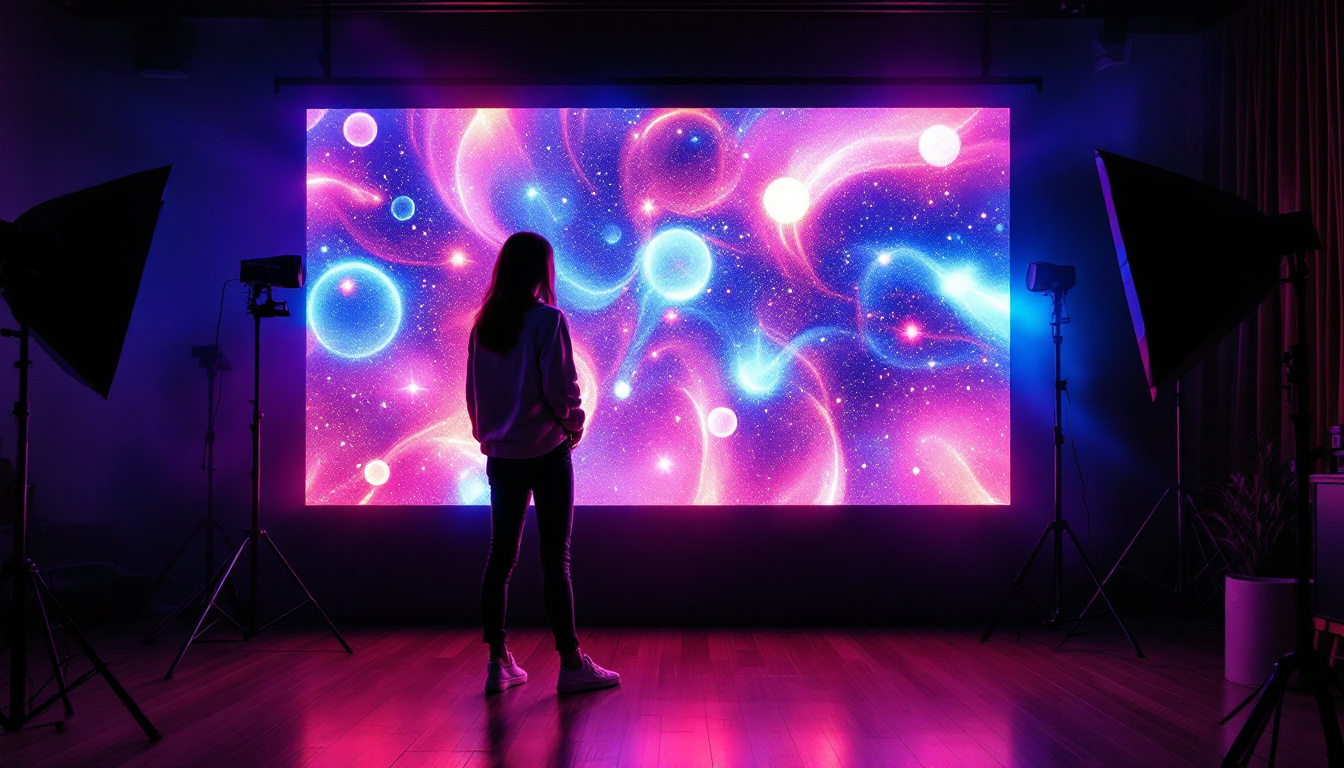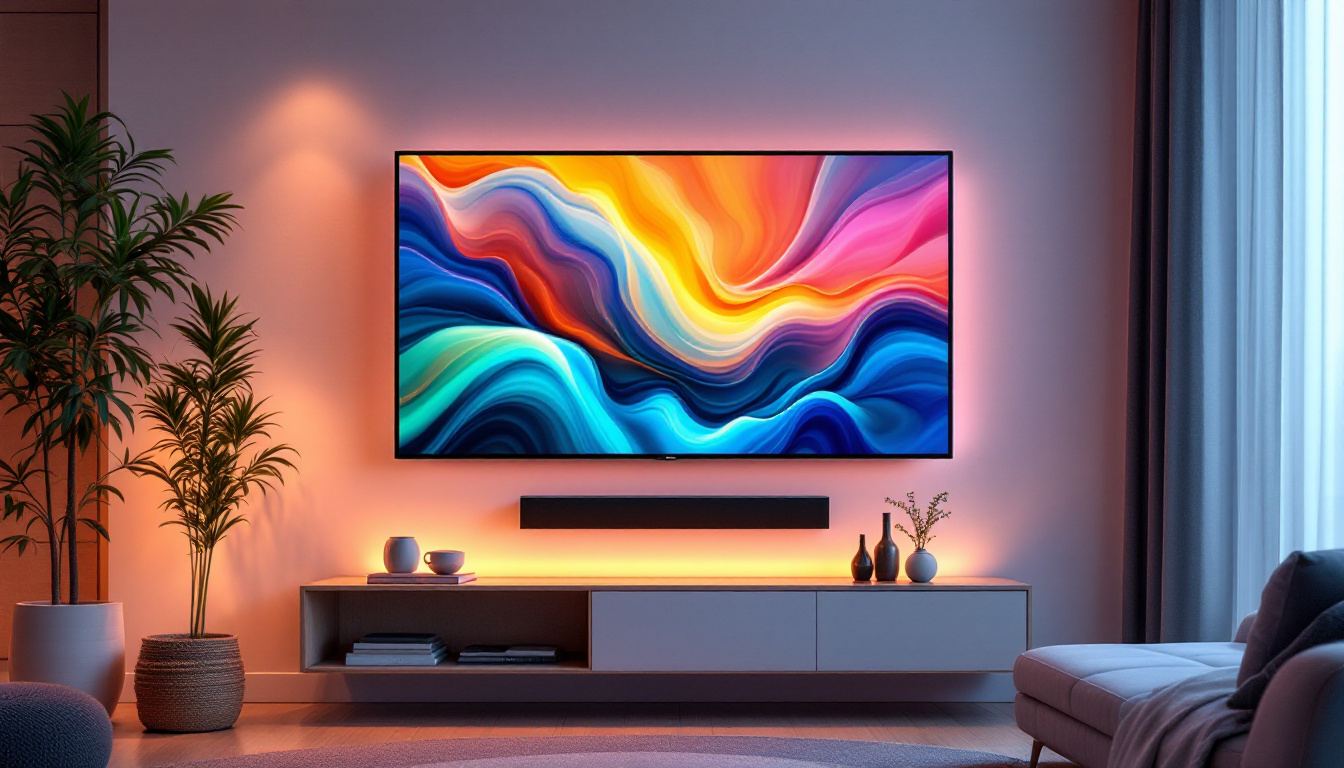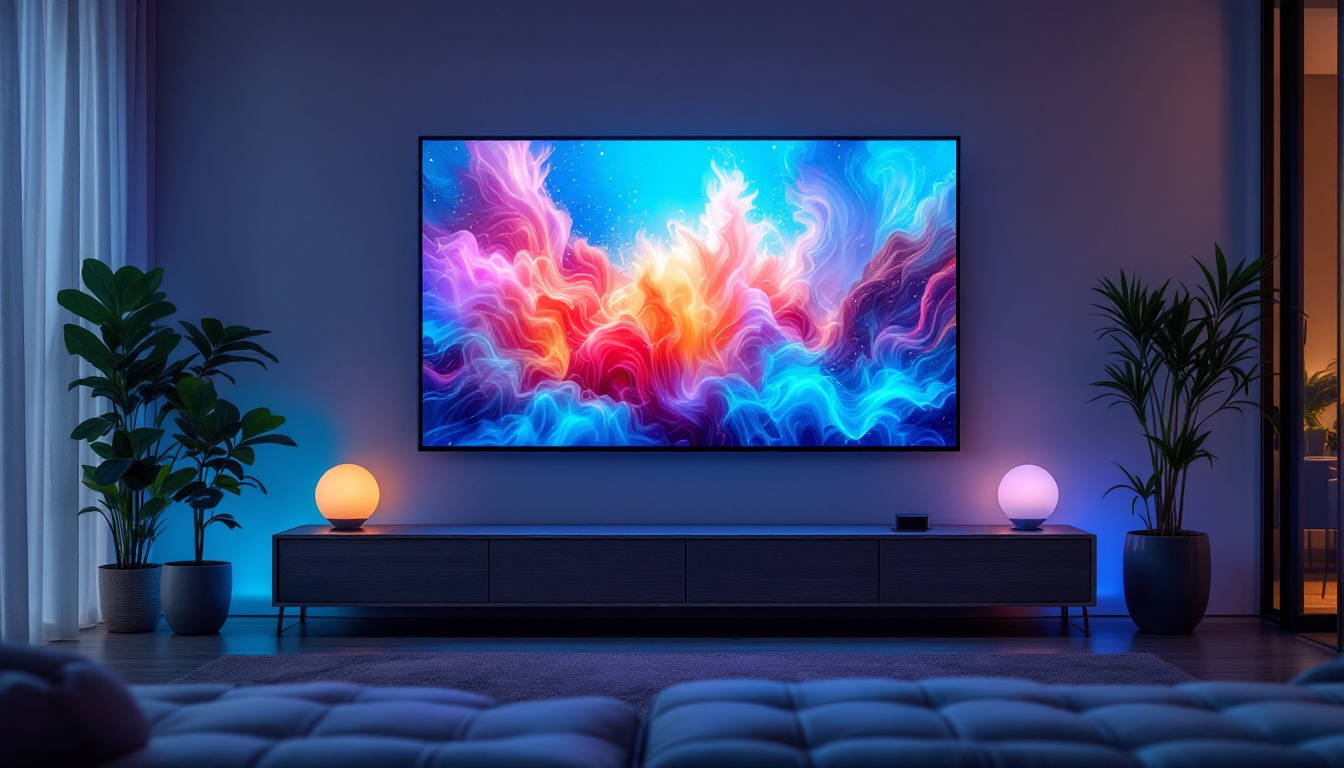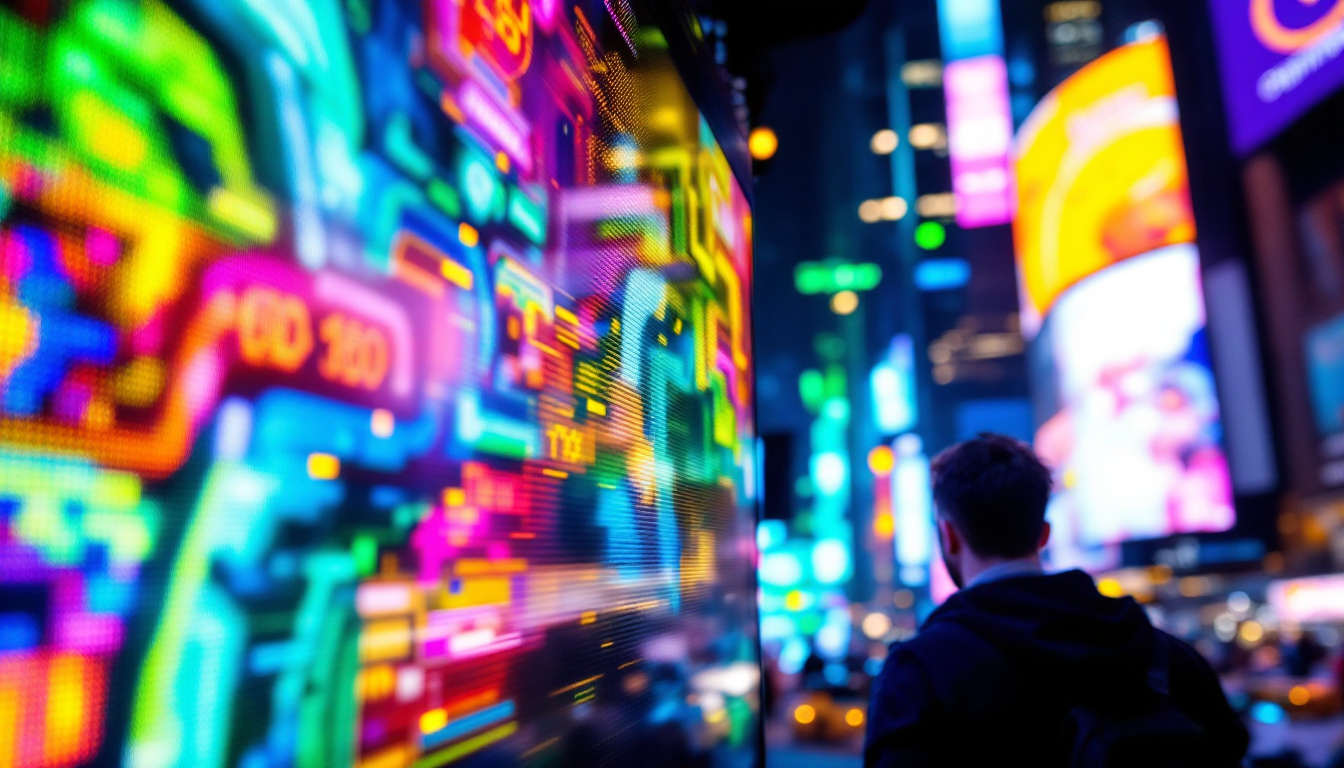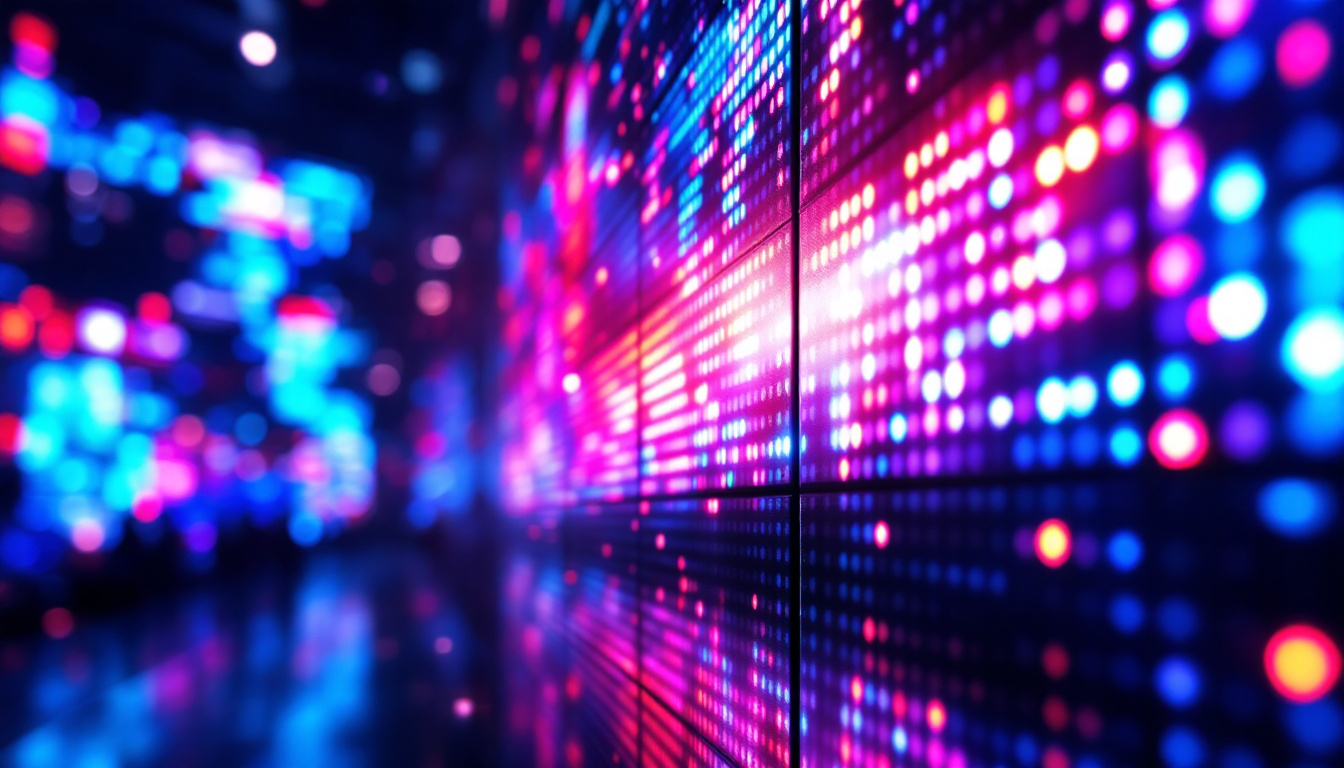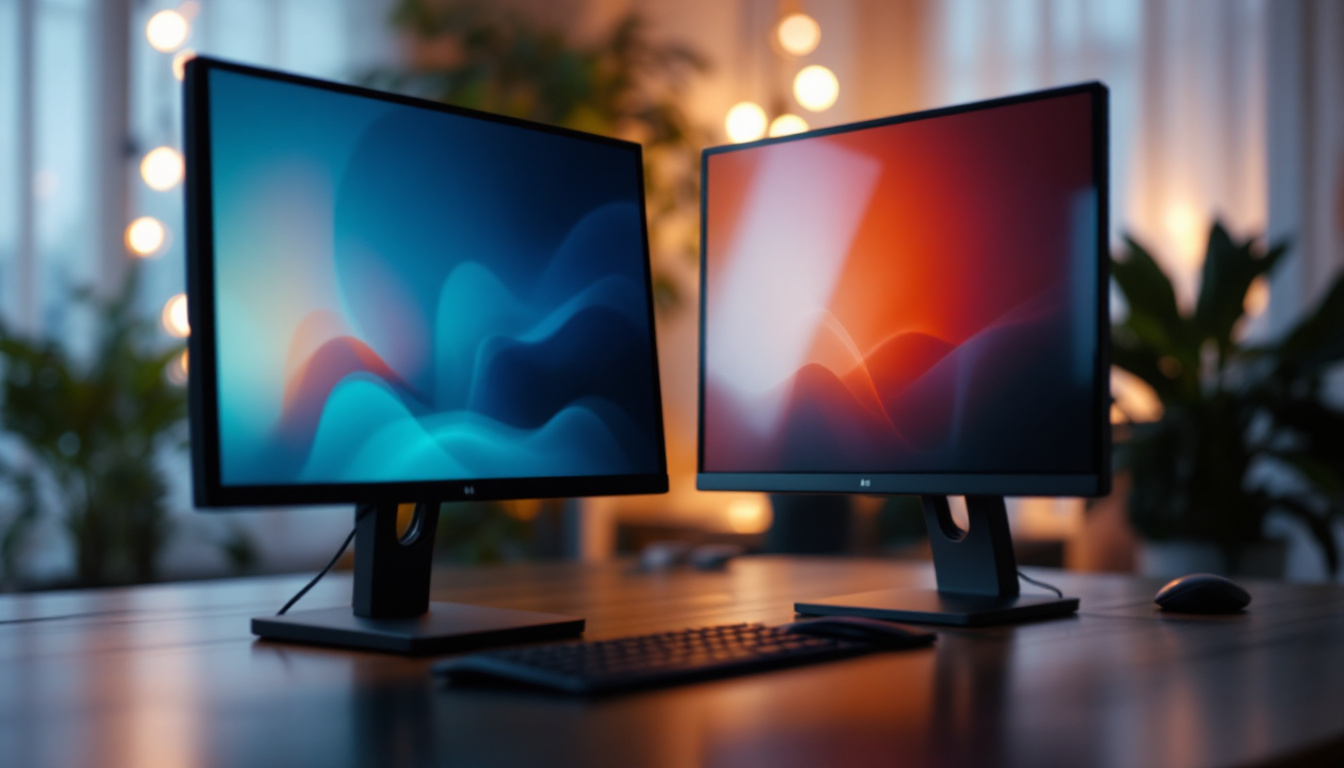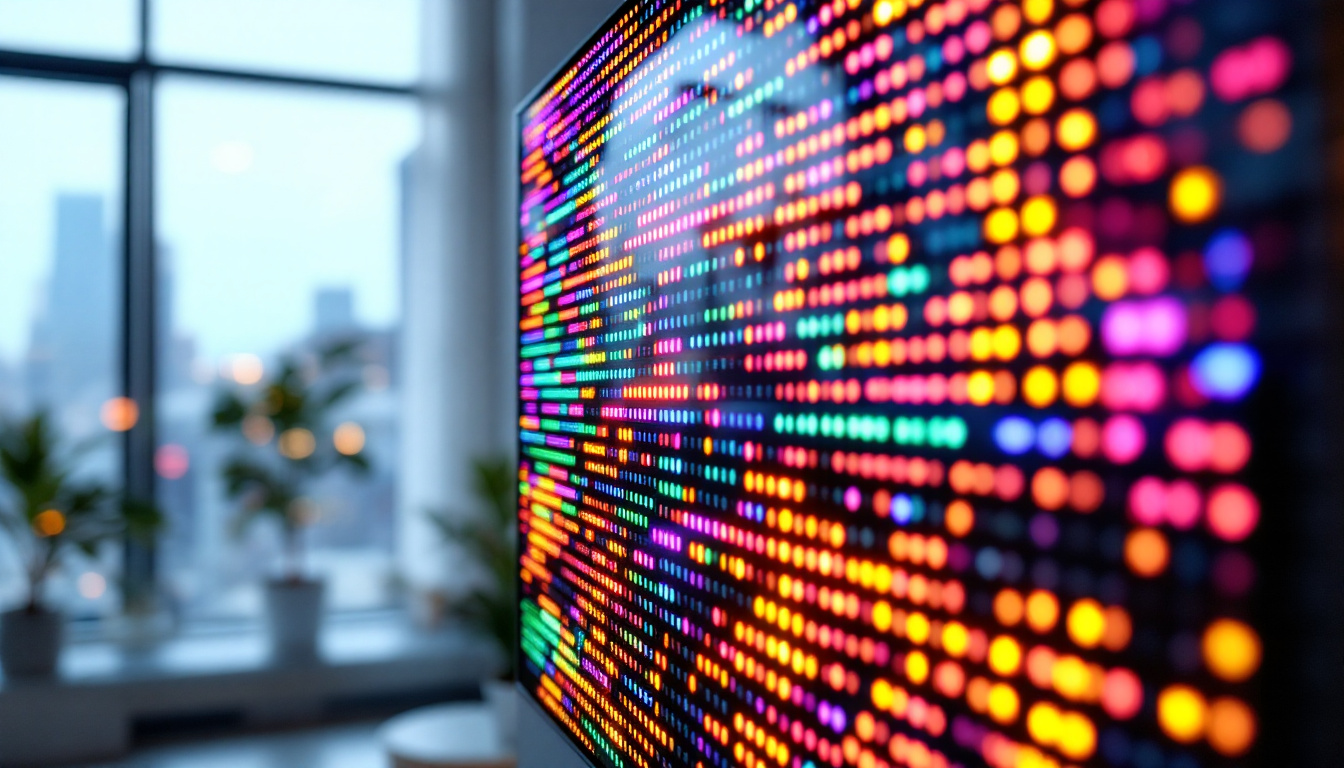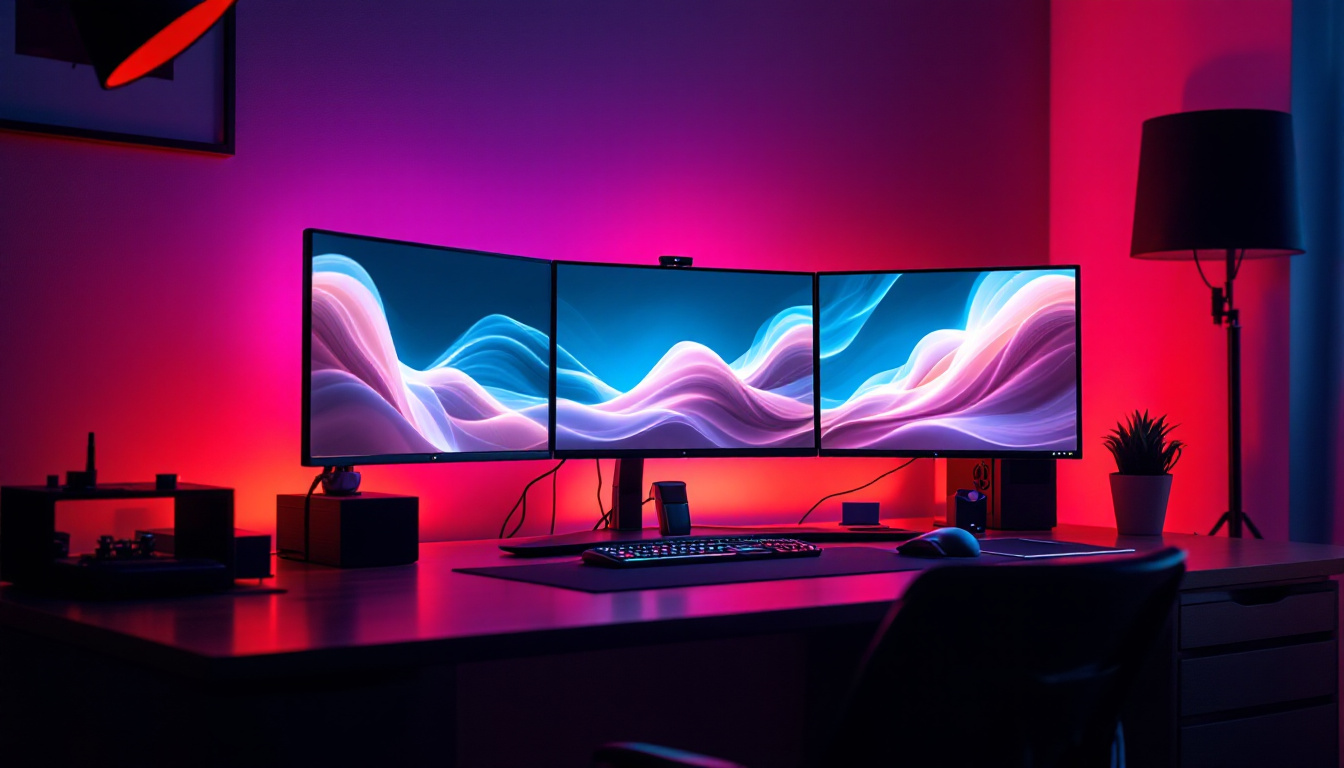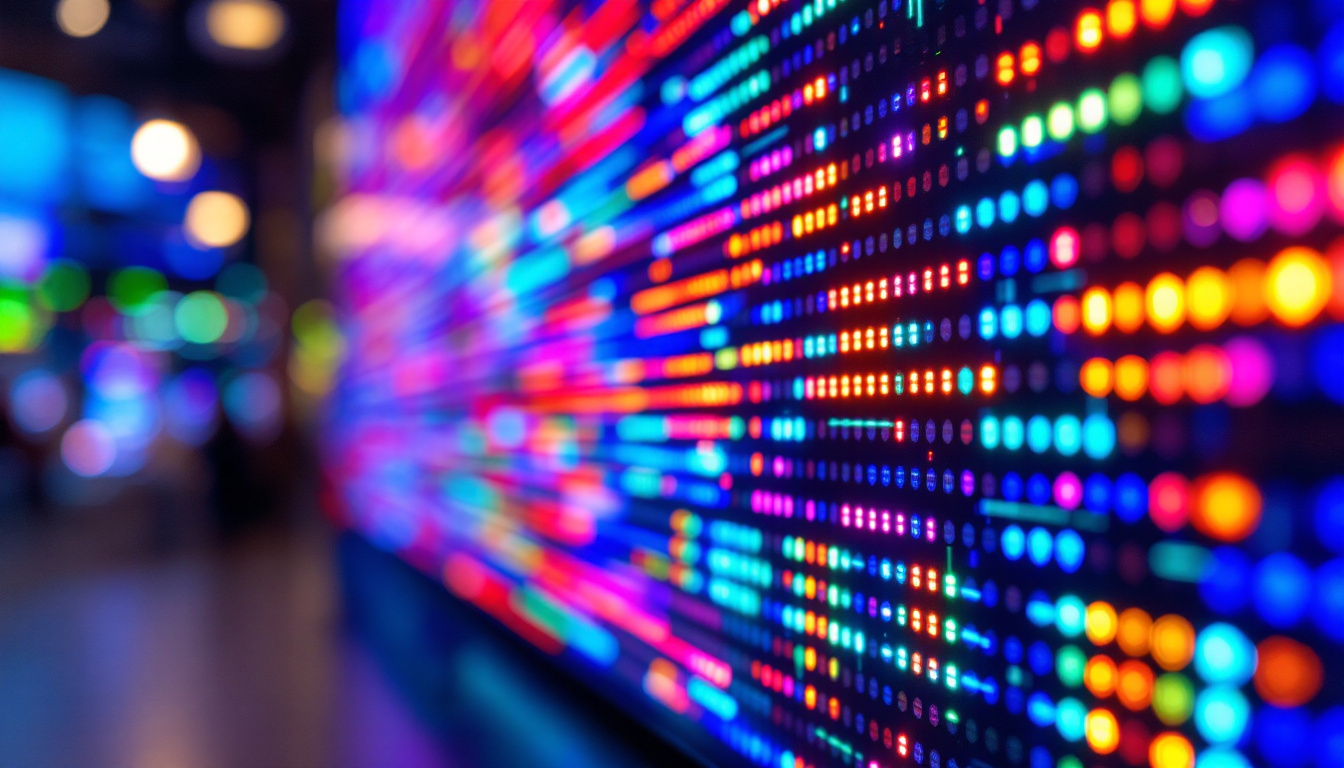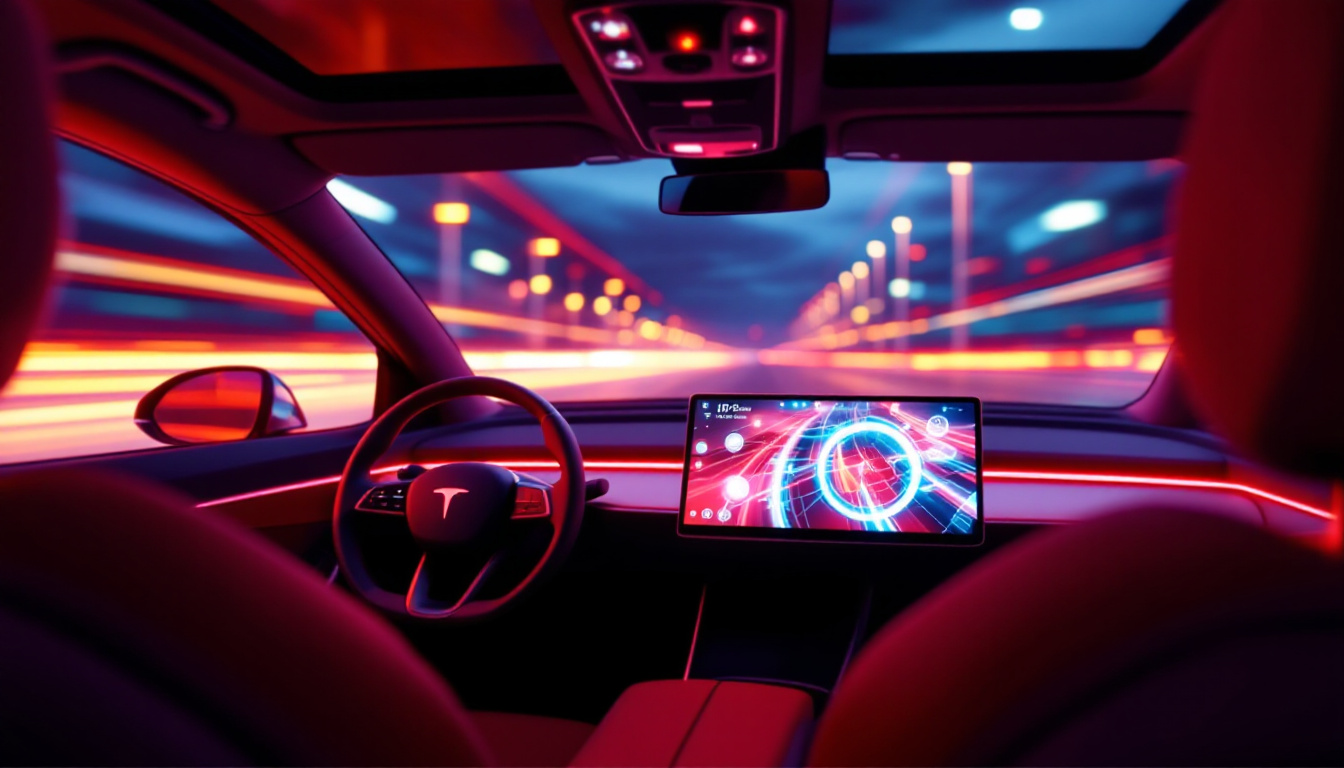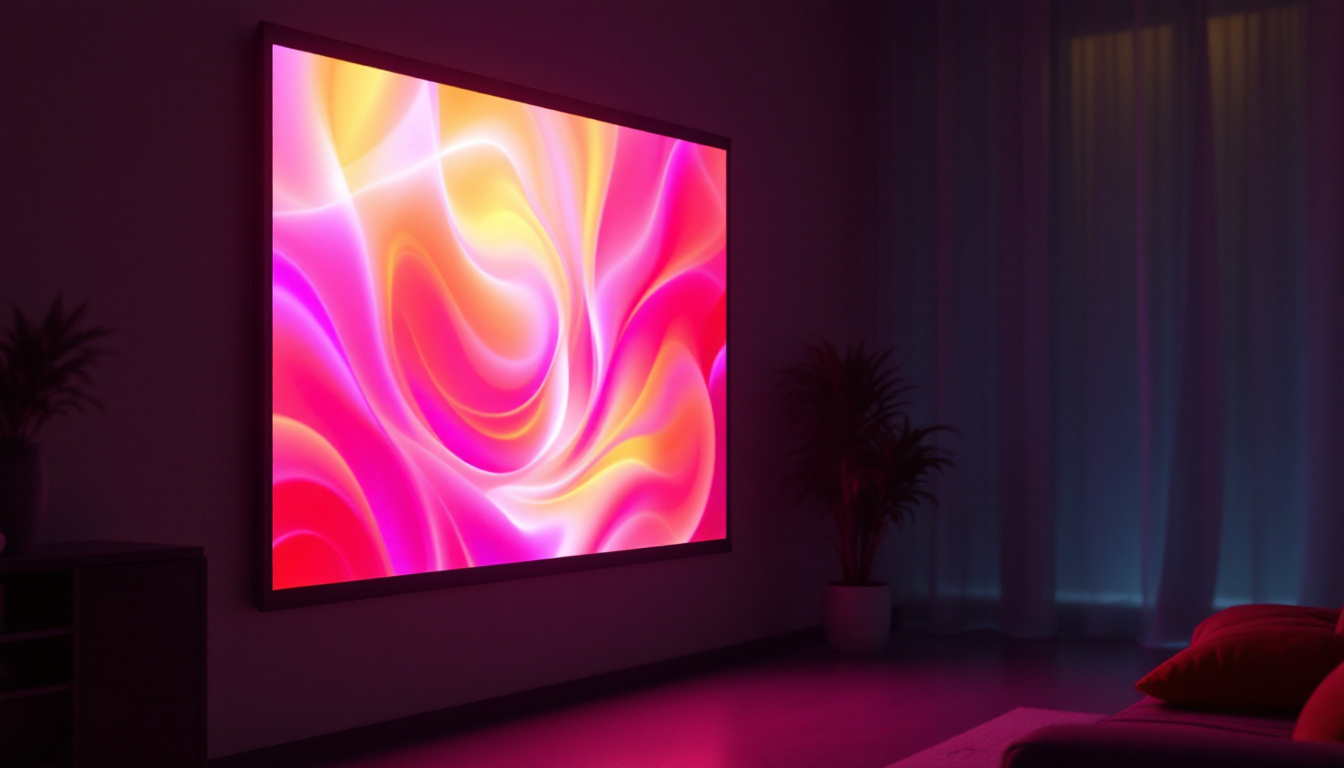In today’s digital age, the demand for large computer monitors has surged, driven by the need for enhanced productivity, immersive gaming experiences, and a more enjoyable viewing of multimedia content. With a plethora of options available, LED displays have emerged as a popular choice among consumers. This article delves into the intricacies of LED displays, their advantages, and what to consider when purchasing a large monitor.
Understanding LED Technology
LED, or Light Emitting Diode, is a technology that has revolutionized the way displays are manufactured and perceived. Unlike traditional LCD monitors that rely on fluorescent backlighting, LED displays utilize an array of small diodes to produce light. This fundamental difference leads to various benefits, making LED monitors a preferred choice for many users.
How LED Displays Work
At the core of LED technology is the concept of backlighting. In an LED monitor, the light source is composed of numerous tiny diodes that emit light when an electric current passes through them. There are two primary types of LED displays: edge-lit and full-array. Edge-lit monitors have LEDs positioned along the edges of the screen, while full-array displays have a grid of LEDs behind the entire screen, allowing for more uniform brightness and improved contrast ratios.
This technology not only enhances the brightness of the display but also allows for deeper blacks and more vibrant colors. As a result, LED monitors can produce a wider color gamut, making them ideal for graphic design, video editing, and gaming. Furthermore, advancements in LED technology have led to the development of OLED (Organic Light Emitting Diode) displays, which take the benefits of LED even further by allowing each pixel to emit its own light, resulting in unparalleled contrast and color accuracy.
Advantages of LED Displays
LED displays offer several advantages over traditional monitors, making them a compelling option for consumers. One of the most notable benefits is energy efficiency. LED monitors consume less power compared to their LCD counterparts, which can lead to significant savings on electricity bills over time.
Additionally, LED displays are known for their longevity. With a lifespan that often exceeds 30,000 hours, users can expect their monitors to last for years with minimal degradation in quality. This durability, combined with lower energy consumption, makes LED monitors an environmentally friendly choice. Moreover, the lightweight design of LED displays allows for easier mounting and portability, making them a popular choice for both home and office environments. As technology continues to evolve, we can expect even more innovations in LED displays, such as enhanced smart features and improved connectivity options, further solidifying their place as a staple in modern technology.
Key Features to Consider When Buying a Large Monitor
When shopping for a large computer monitor, especially one with LED technology, there are several important features to consider. Understanding these aspects can help ensure that the chosen monitor meets specific needs and preferences.
Screen Size and Resolution
The screen size is one of the first factors to consider. Large monitors typically range from 27 inches to 49 inches or more. The ideal size depends on the intended use; for instance, a larger screen can enhance productivity by allowing multiple windows to be open simultaneously, while also providing an immersive experience for gaming or movie watching.
Resolution is equally crucial. Common resolutions include Full HD (1920 x 1080), Quad HD (2560 x 1440), and 4K (3840 x 2160). Higher resolutions provide sharper images and more detail, which is particularly beneficial for tasks that require precision, such as graphic design or video editing.
Refresh Rate and Response Time
For gamers, refresh rate and response time are critical specifications. The refresh rate, measured in hertz (Hz), indicates how many times the display refreshes the image per second. A higher refresh rate, such as 144Hz or 240Hz, results in smoother motion and reduced motion blur, which can enhance the gaming experience.
Response time, measured in milliseconds (ms), refers to how quickly a pixel can change from one color to another. A lower response time minimizes ghosting effects, making it essential for fast-paced gaming. For most users, a response time of 5ms or lower is considered optimal.
Connectivity Options
Modern monitors come with various connectivity options to accommodate different devices. Common ports include HDMI, DisplayPort, USB-C, and VGA. Ensuring that the monitor has the necessary ports for connecting to computers, gaming consoles, or other peripherals is essential for a seamless experience.
Additionally, features like built-in USB hubs can enhance convenience by allowing users to connect multiple devices directly to the monitor, reducing cable clutter on the desk.
Comparing LED Displays with Other Technologies
While LED displays are incredibly popular, it is essential to compare them with other display technologies to understand their unique advantages and disadvantages. The most notable competitors include OLED and traditional LCD displays.
LED vs. OLED
OLED, or Organic Light Emitting Diode, is another advanced display technology that has gained traction in recent years. Unlike LED displays that use backlighting, OLED panels emit their own light. This allows for true blacks, as individual pixels can be turned off completely, resulting in exceptional contrast ratios.
However, OLED displays can be more expensive and may suffer from burn-in issues, where static images can leave a permanent mark on the screen over time. For users who prioritize color accuracy and deep blacks, OLED may be the better choice, while LED monitors offer a more budget-friendly option with great overall performance.
LED vs. Traditional LCD
Traditional LCD monitors utilize fluorescent backlighting, which can result in less vibrant colors and lower contrast ratios compared to LED displays. While LCD monitors can be less expensive, they often lack the energy efficiency and longevity of LED technology.
In summary, while traditional LCDs may still be suitable for basic tasks, LED displays are generally superior in terms of performance, energy consumption, and overall user experience.
Popular Use Cases for Large LED Monitors
large LED monitors are versatile and cater to a variety of use cases. Understanding these applications can help potential buyers make informed decisions based on their specific needs.
Professional Workstations
In professional environments, large monitors can significantly enhance productivity. graphic designers, video editors, and architects benefit from the increased screen real estate, allowing them to work on multiple applications simultaneously without the need for multiple monitors.
Furthermore, the high resolution of large LED displays ensures that intricate details are visible, which is crucial for precision work. The vibrant colors and improved contrast also contribute to a more accurate representation of designs and edits.
Gaming
For gamers, a large LED monitor can elevate the gaming experience to new heights. The immersive nature of a larger screen combined with high refresh rates and low response times can create a more engaging and responsive gaming environment.
Many gamers also appreciate features such as adaptive sync technologies, like NVIDIA G-Sync or AMD FreeSync, which help eliminate screen tearing and stuttering during gameplay. This results in a smoother experience, allowing players to fully immerse themselves in their virtual worlds.
Home Entertainment
Large LED monitors are also an excellent choice for home entertainment systems. With the ability to display 4K content, these monitors can serve as a central hub for streaming movies, TV shows, and gaming. The vibrant colors and sharp images enhance the viewing experience, making it feel more like a cinematic experience at home.
Additionally, many large monitors come equipped with built-in speakers or audio output options, allowing users to connect external sound systems for an enhanced audio experience.
Maintenance and Care for LED Monitors
To ensure the longevity and optimal performance of LED monitors, proper maintenance and care are essential. Simple practices can help keep the display in excellent condition over time.
Cleaning the Screen
Dust and fingerprints can accumulate on the screen, affecting visibility and overall enjoyment. To clean an LED monitor, it is recommended to use a microfiber cloth slightly dampened with water or a specialized screen cleaner. Avoid using harsh chemicals or abrasive materials, as these can damage the screen.
It is also advisable to turn off the monitor before cleaning to prevent any potential damage and to make it easier to see smudges and dirt.
Adjusting Settings for Optimal Performance
Many monitors come with factory settings that may not be optimal for every user. Adjusting settings such as brightness, contrast, and color temperature can enhance the viewing experience. Users can also explore preset modes for specific activities, such as gaming or movie watching, to optimize performance.
Regularly updating the monitor’s firmware, if applicable, can also ensure that it operates smoothly and efficiently.
Conclusion
The market for large computer monitors continues to grow, with LED displays leading the charge due to their numerous advantages. From stunning visuals to energy efficiency, these monitors cater to a wide range of users, from professionals to gamers and home entertainment enthusiasts.
When purchasing a large LED monitor, it is crucial to consider factors such as screen size, resolution, refresh rate, and connectivity options to ensure that it aligns with individual needs. By understanding the nuances of LED technology and comparing it with other display options, consumers can make informed decisions that enhance their digital experiences.
As technology continues to evolve, investing in a high-quality large LED monitor can provide significant benefits, making it a worthwhile addition to any workspace or entertainment setup.
Discover LumenMatrix LED Display Solutions
Ready to elevate your visual experience with a large LED monitor? Look no further than LumenMatrix, a pioneer in LED display technology. Our comprehensive range of products, from Indoor and Outdoor LED Wall Displays to innovative LED Sports and Floor Displays, is designed to meet the diverse needs of today’s digital landscape. Whether for professional workstations, immersive gaming, or dynamic home entertainment, LumenMatrix has the perfect LED solution to bring your content to life. Check out LumenMatrix LED Display Solutions today and transform your space with unparalleled clarity and vibrancy.

